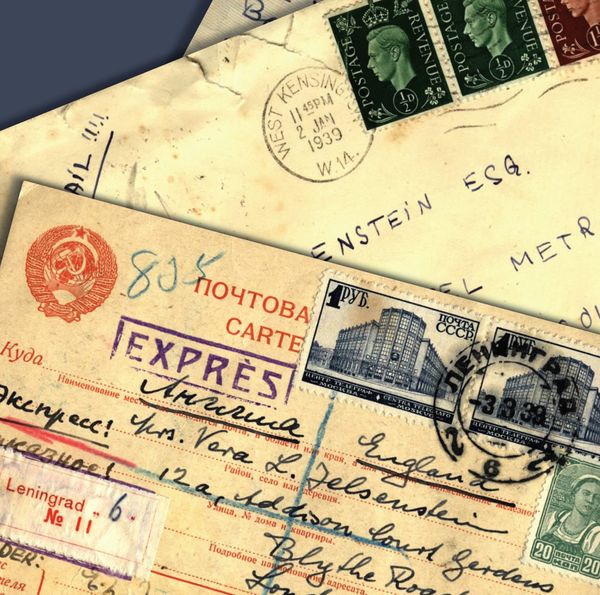Teaching European History in the 21st Century
by Emma Johnson and Jochen Hung
Teaching European history is facing great challenges today. Increasing globalization and recent geopolitical shifts such as the rise of China have raised questions about Europe’s past role in the world. At the same time, the ongoing integration of the continent as a political, social, and cultural unit, including growing international mobility, has changed the perspectives and needs of students. Despite these developments, a resurgent nationalism in many European countries has shown the continued salience of national identity and history.
One aspect of these challenges are the current attempts to ‘decolonize’ European history curricula. Such efforts reflect a wider trend of thinking more critically about nation-states’ portrayals of their own history; new histories seek to highlight the voices of the minorities long excluded from national – and nationalist – narratives. Another aspect is the rise of transnational and global history. Scholars have come to realize that the histories of European peoples are too closely intertwined with one another to be told exclusively through a national lens. Europe has always been a space characterized by movement and mobility – both of people and knowledge – and in order to tell a comprehensive history of a European country, one cannot exclude its neighbors – and the rest of the world – from the narrative. One approach to address these issues is multiperspectivity, in which multiple different perspectives are used to evaluate historic processes, based on the idea, in the words of Dutch scholar Bjorn Wansink, “that history is interpretational and subjective, with multiple coexisting narratives about particular historical events.” Multiperspectivity not only includes the racial diversity of Europe and different countries’ role in colonialism, but also narratives about ethnic groups within Europe, religious minorities, gender roles, and other histories which are still underrepresented.
In the field of history education, the 1960s were the turning point for this shift in how European history was taught. While textbooks prior to this date taught the nation-state’s impact on Europe, later textbooks taught pupils the opposite: how Europe impacted the nation-state. The relations between European countries became the departure point from which to understand one’s national history. While decolonizing the curriculum came much later and has mainly been the project of individual nation-states’s coming to terms with their own history, it follows the same trend of departing from a glorious history of the nation in favour of a more critical history embeded in multiperspectivity.
Existing textbooks of European history do not adequately address these challenges. They are mostly written from a national perspective, by one historian or a small team of authors. The new textbook The European Experience. A Multiperspective History of Europe 1500-2000 is different. Written collaboratively by nearly a hundred historians from eight European countries, it is the first textbook of European history which has multiperspectivity as its point of departure. Today, teaching a history that identifies different actors and highlights multiple perspectives has become a priority for educators. Academically, students are better prepared for an increasingly globalized world in which they will have to understand different viewpoints. But multiperspectivity also reflects the new needs of evermore diverse student bodies, especially in Higher Education. Most importantly, multiperspectivity reflects the complex, many-faceted and entangled nature of European history.
Teachers and professors often argue that practically, multiperspectivity is hard to achieve, even where there is the motivation – sources are difficult to find, and even more so to access, and the language barrier often limits students’ understanding of contending viewpoints. The European Experience has the ambition to solve these problems. Written by a team of authors hailing from eight different European universities and different areas of expertise, each chapter explores a topic highlighting the diversity and mobility of the European space. Topics include “Interethnic relations,” “Empire and Colonialism,” “Distributing Wealth,” but also “Household and Families,” “Centres and Peripheries,” and “Generations and Lifecycles,” bringing the perspectives of those often ignored by “great man” history to the forefront of the European story. Instead of following a chronological order, these narratives invite students to critically think about each issue and build their own understanding of it. Furthermore, the book is accompanied by an online collection of primary sources giving voice to the different actors in each topic. These sources are available in their original language as well as in English. A best-practice guide and series of online lectures help educators implement the discussions in the classroom. The European Experience seeks to respond to the main accessibility issues of multiperspectivity in history teaching, while at the same time adapting to the new multi-media technologies available to students of the 21st century. For the first time, students will be able to learn a history of Europe written by a diverse team of European historians while interacting with contending viewpoints through the different resources accompanying the book.
The European Experience. A Multiperspective History of Europe 1500-2000 is an Open Access title available to read and download for free or to purchase in all available print and ebook formats here.



